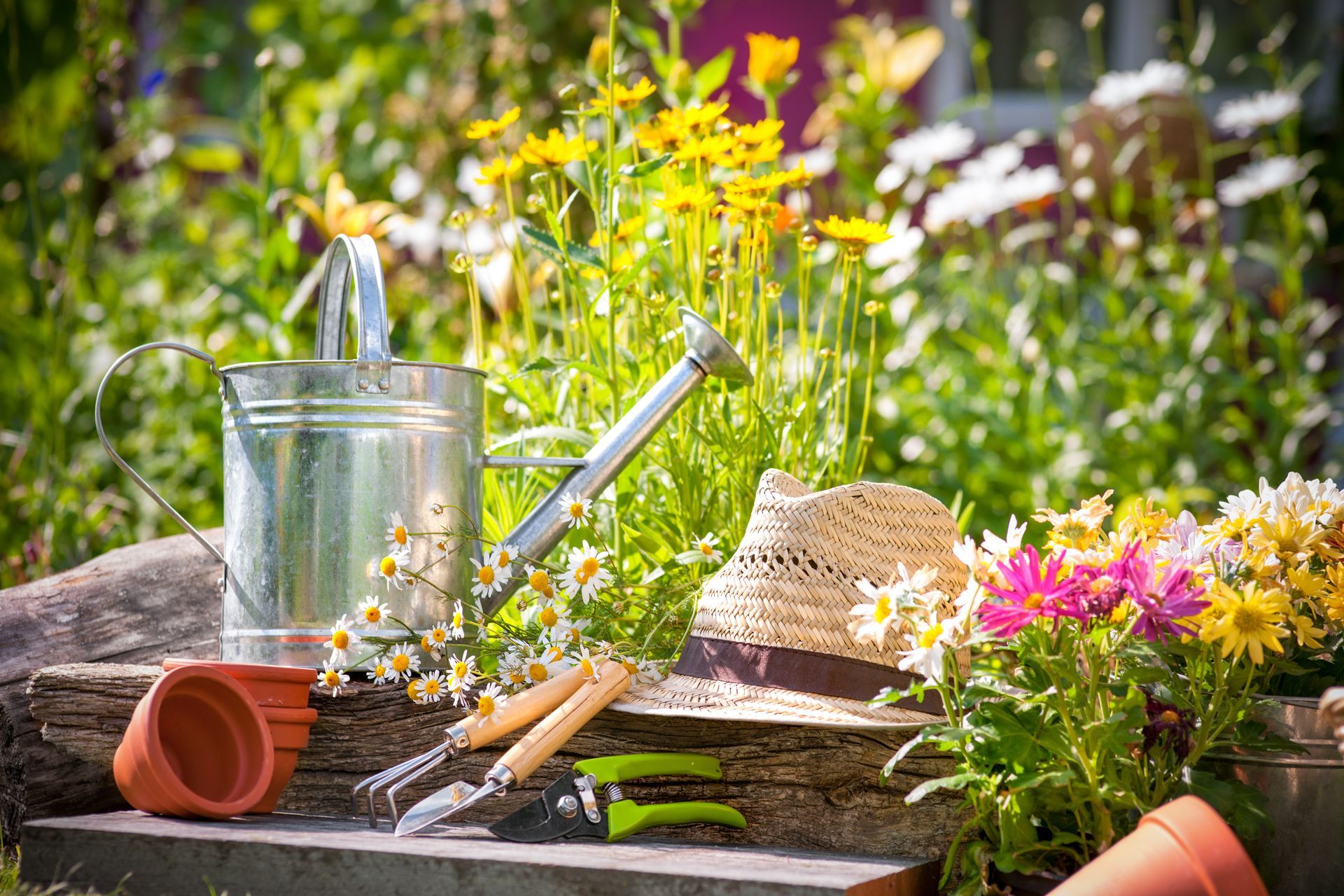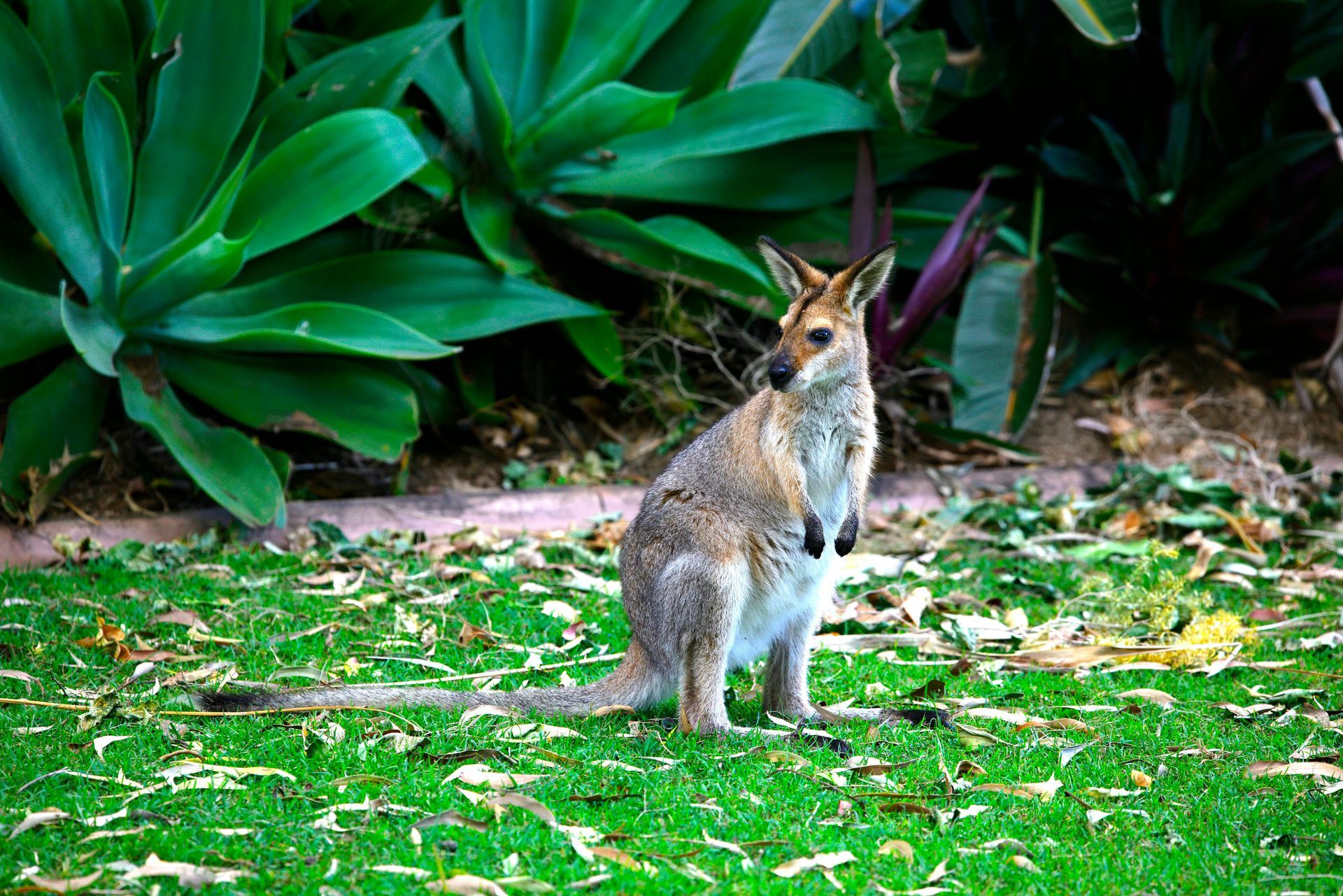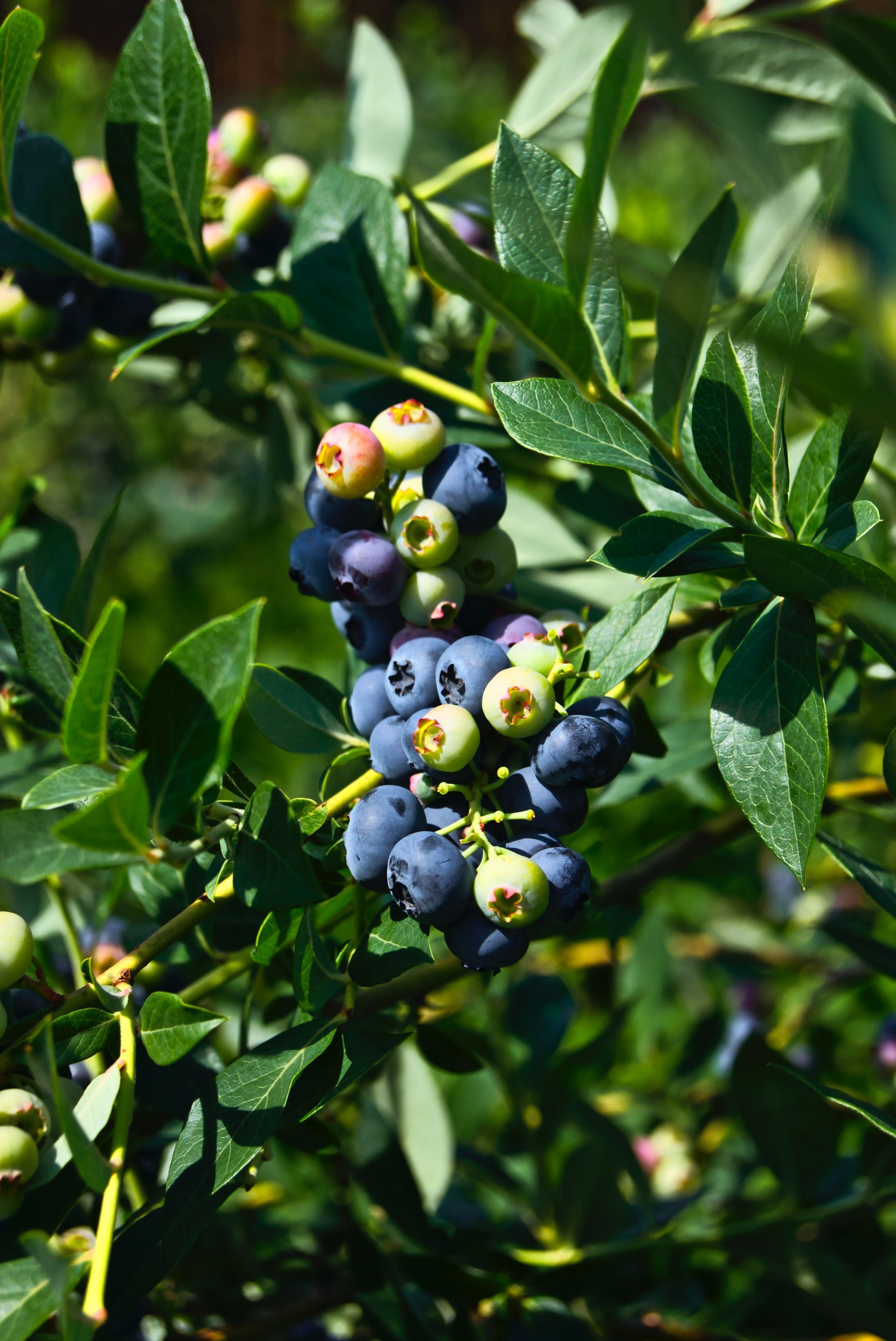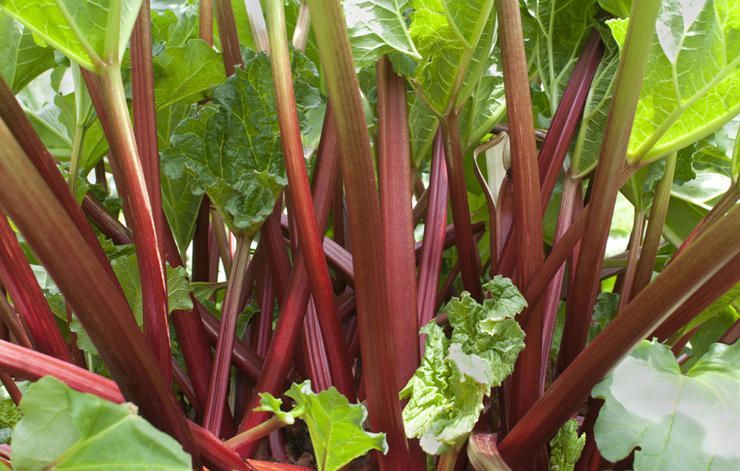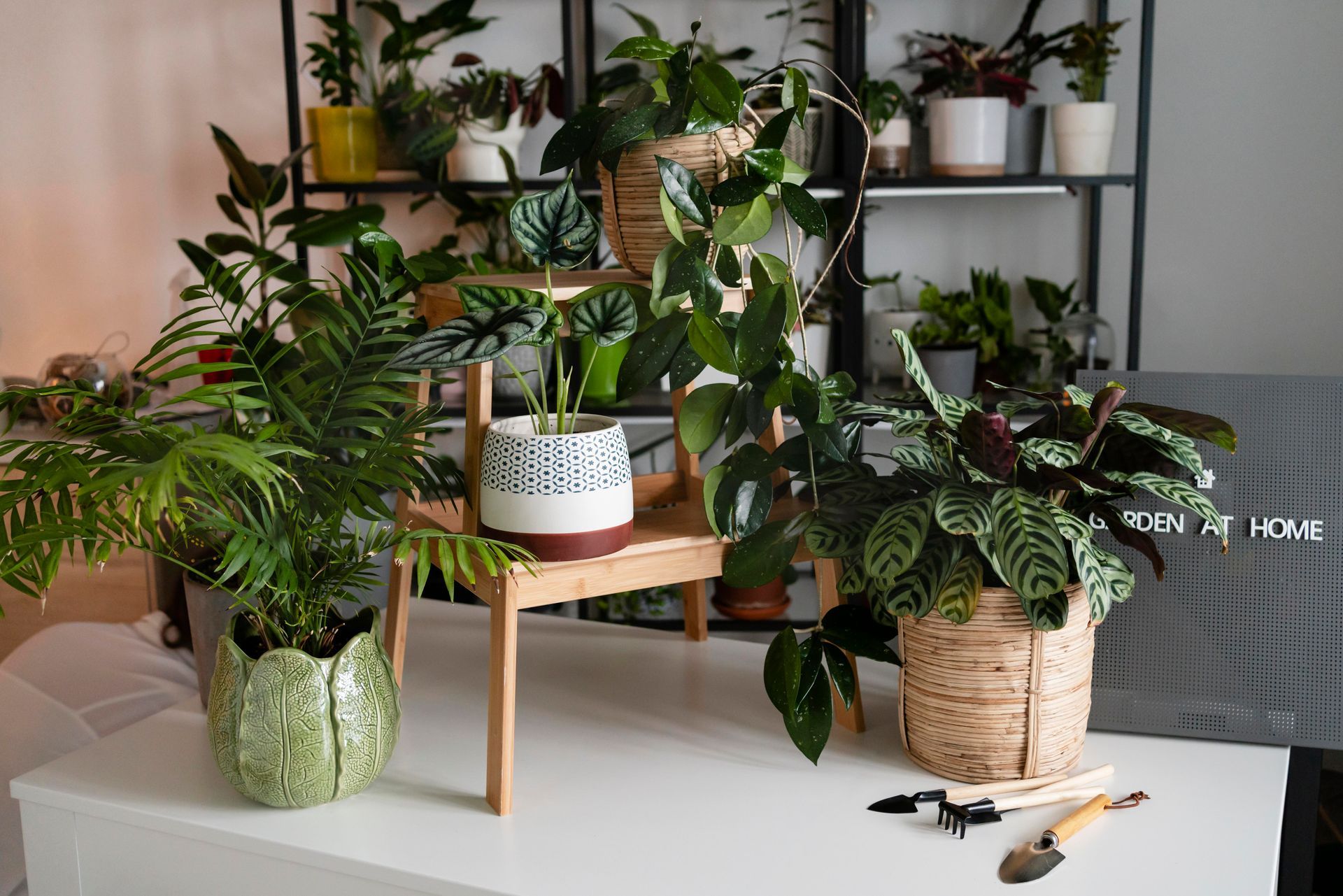A simple guide to pruning Bush Roses at home
July is a great month for planting new roses but is also the time to give your existing roses some attention for a fabulous display of colour and fragrance over the flowering season. August is the best time to prune rosesIn Tassie.
The task of rose pruning can be daunting, but roses are very forgiving and will bounce back beautifully. Winter rose pruning is important as it helps to reduce disease, improve air circulation, allows more light in and encourages good strong new growth. This allows the plant to put the energy into producing an abundance of beautiful blooms as the flowering time arrives.
Sharp and clean tools are essential for causing minimal damage to your roses. Before you begin any pruning wipe down cutting implement blades with Metholated Spirits or a 10% solution of Bleach. Repeat this process of cleaning your blades in between pruning each rose to ensure no transfer of any virus that may be present.
Simple guidelines:
- Begin your pruning of bush roses by removing half of the existing growth. If the rose bush has not been pruned for several seasons, remove two thirds of the existing growth.
- From the remaining plant, remove any dead, diseased, or damaged stems.
- Remove any old woody branches.
- Open up the centre of the plant by removing all inward growing stems. This will allow more light and air flow into the rose bush.
- Prune the remaining stems to just above an outward facing bud. The new growth will then grow outwards and produce flowers around the outside of the bush.
- Do not be afraid to prune these stems back to about 30cm to 40cm from the graft. It will look as if you have been harsh, but you will soon be rewarded with nice bushy plants full of lush new growth.
- These final cuts should be at about a 45 degree angle on the vertical. Make the cut so it is sloping away from the bud so that rain and dew won’t collect in the area where the bud forms onto the stem. This will help control any fungal problems.
Once pruning is complete, give the pruned rose a good spray with Lime Sulphur to control pests and diseases that are hiding ready for the new growth to appear.
Fertilise with a quality organic based fertiliser suitable for roses and mulch with a nice thick layer of mulch. It will not be long until the fresh new growth appears, and you will be rewarded with an abundance of beautiful blooms to delight the senses.
Talk to our friendly, knowledgeable staff instore about pruning other types of roses.

